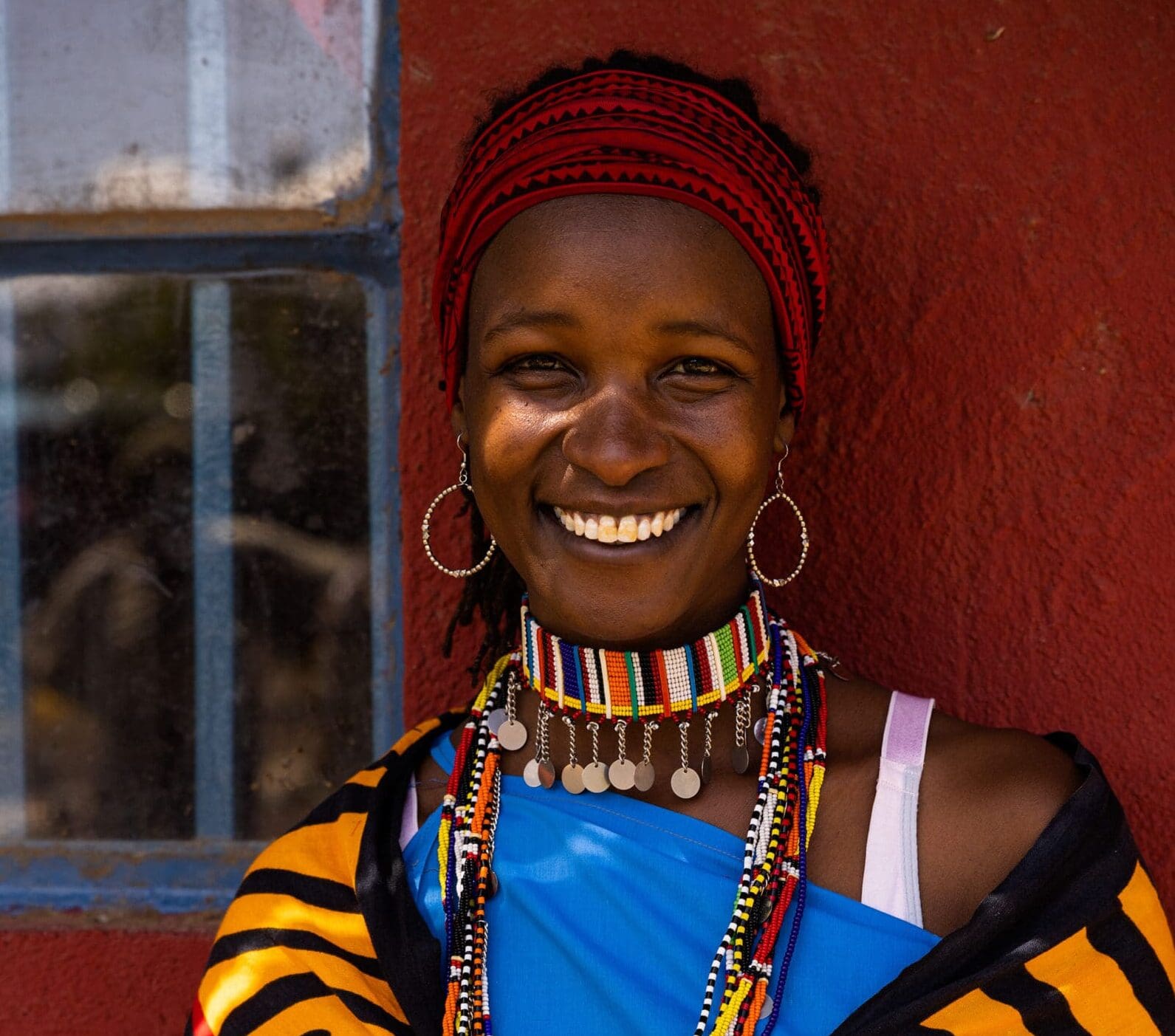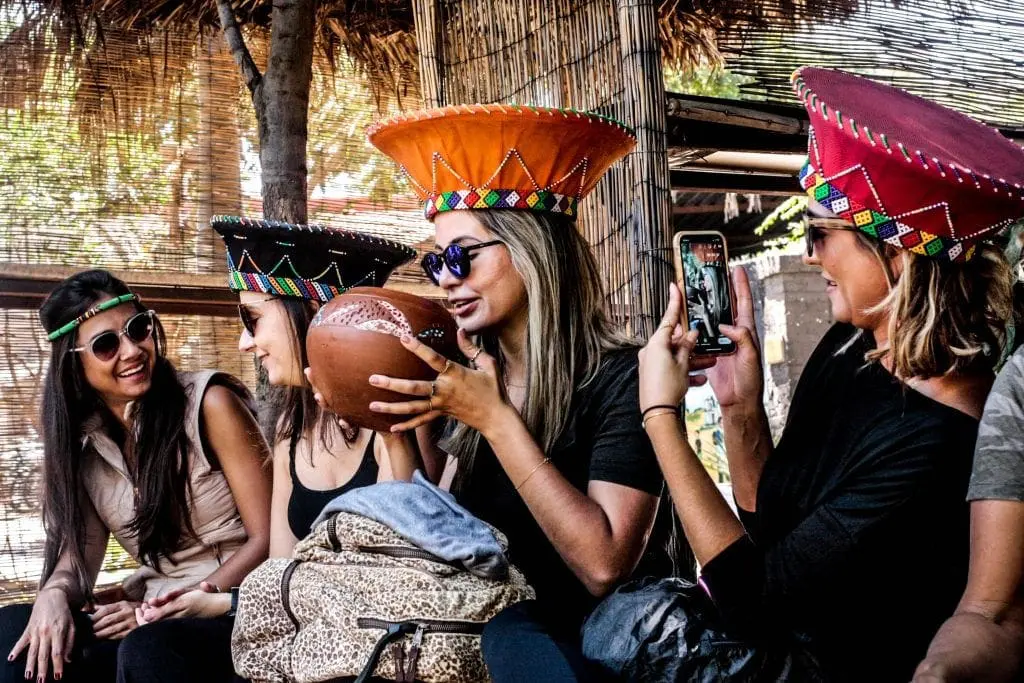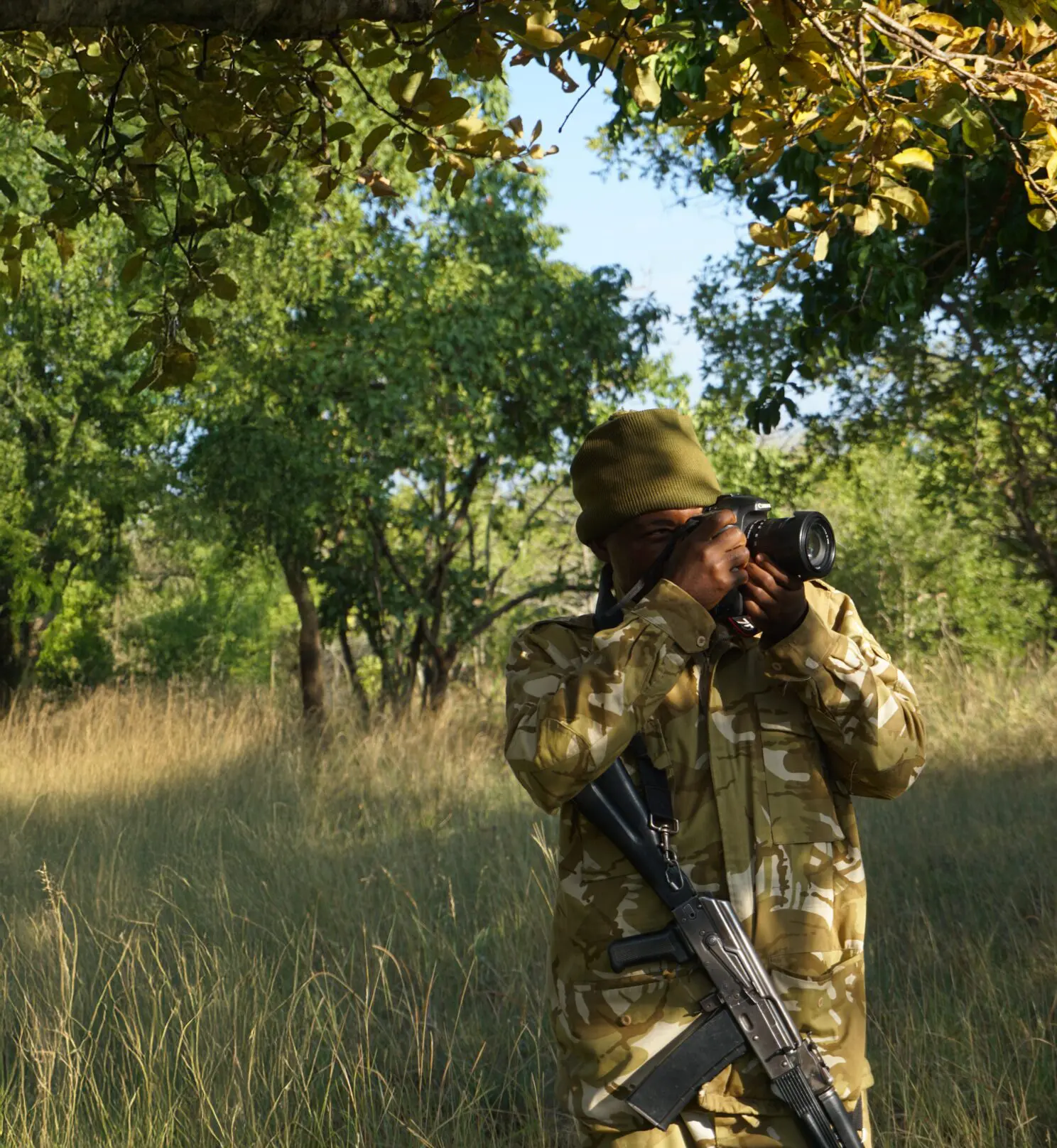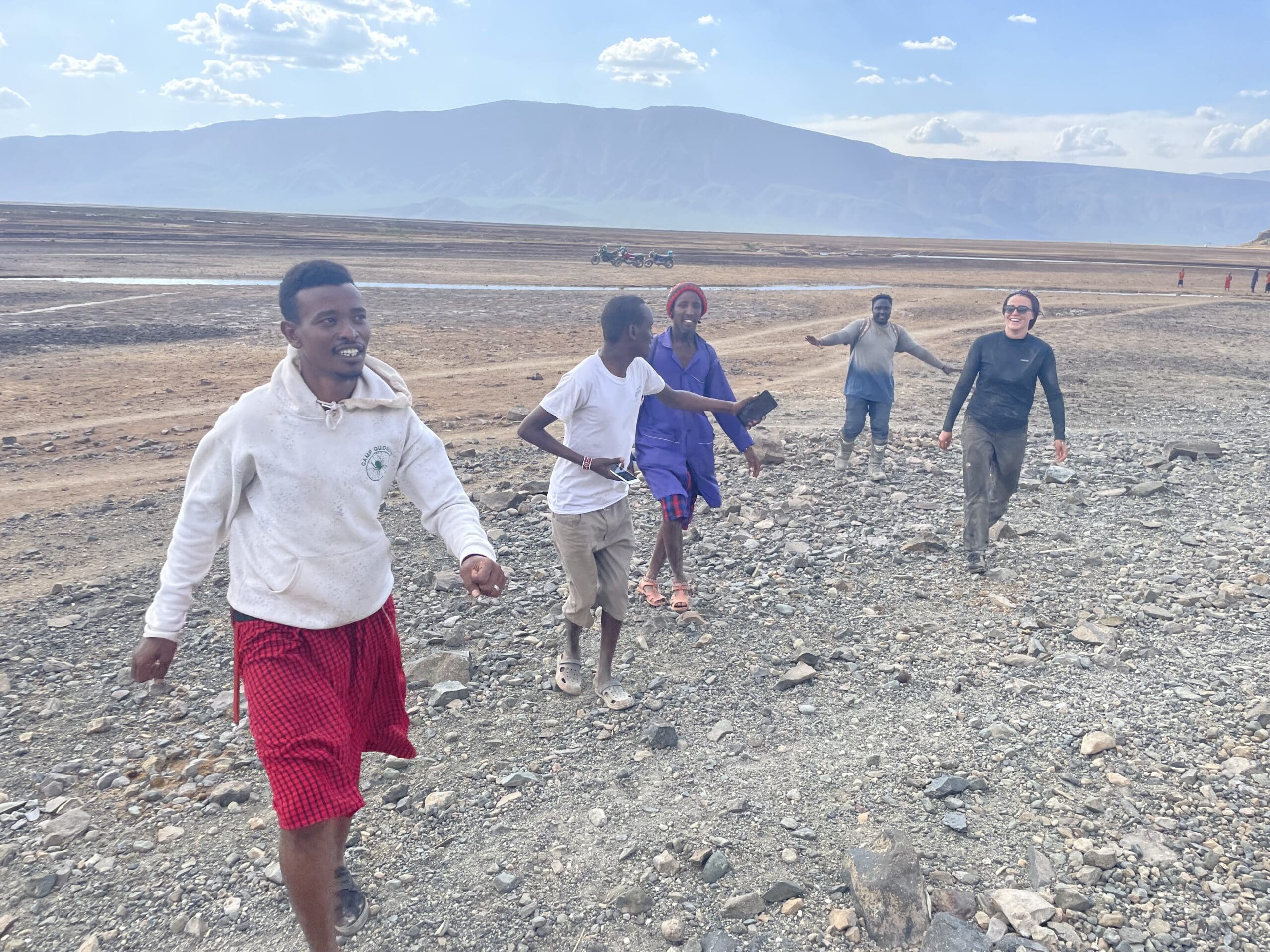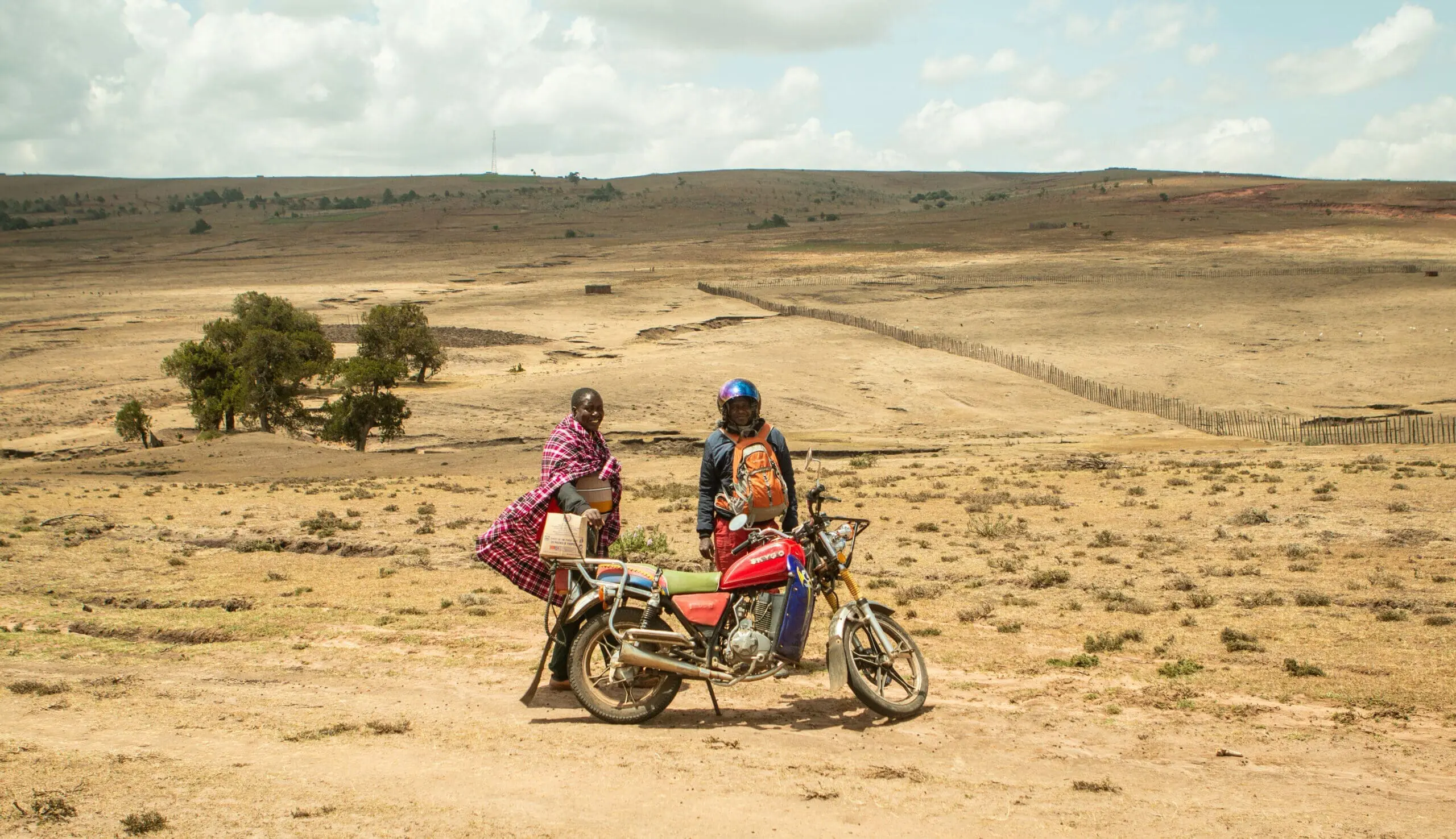Today, we're not going to talk about the negative consequences of alcohol or the incredibly low prices that lead to daily problems in families. Let’s keep it positive and focus on the off-the-beaten-track adventure that alcohol can offer us.
As mentioned above, Uganda offers a wide variety of alcohol. There are bars everywhere where you can buy everything from a bottle of beer to a packet of vodka or a shot of homemade brew. There’s no set start or end time – throughout the day, there’s always an opportunity to toast with others. But where do you start, as of course, you can also order a nice bottle of Heineken in Uganda.
For you, we’ve researched the 2 most commonly consumed local brews and created some new adventures. Let’s start with my personal favorite:
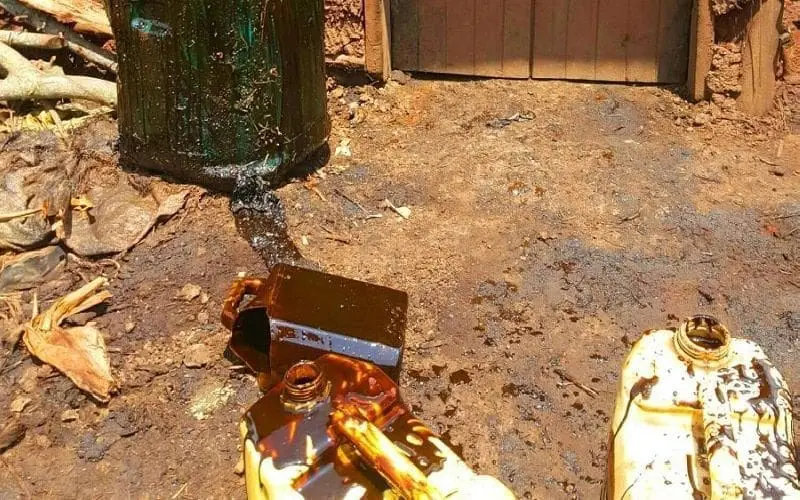
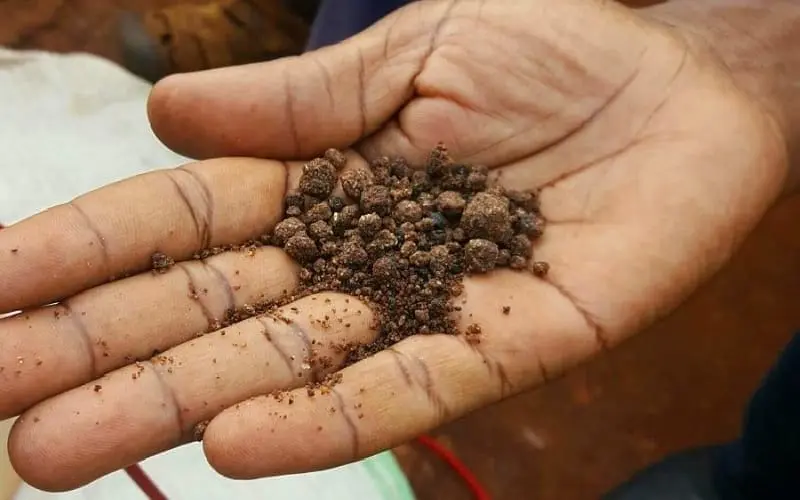
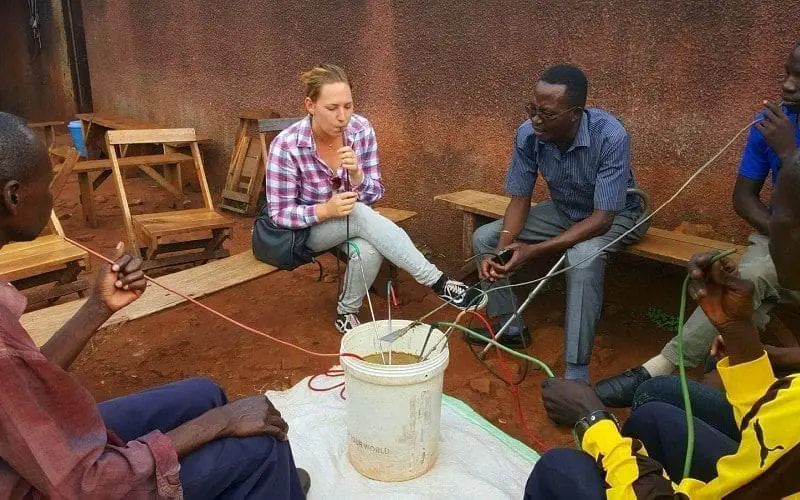

Malwa, number 1 local alcohol in Uganda:
You won’t come across a bar called Malwa in the center of Kampala, nor will you see an open invitation on a billboard in the street. Malwa is always a fairly private event. Often, it’s enjoyed within a group of friends, among village elders, or at a local pub. This doesn’t mean you’re not welcome. As a visitor, you’re very welcome, and most people will greet you warmly and can’t wait to hear all about your life and share details about theirs.How is this local alcohol made?
Malwa can be made from various products. The most common are rice, maize, or grains. This product is ground down and then stored underground for a week with some water and sugar. After a week, a kind of porridge-like mixture forms. Malwa is typically consumed in groups, often from a bucket or pot. Participants pay a certain amount, usually no more than 80 cents, which allows them to drink from it all day. The porridge is mixed with boiling water in the pot, and everyone drinks from the same pot using straws, often made from bamboo or plastic. It’s truly a close-knit group ritual. Men use it as a way to discuss various things from the villages and their work. But women are also very welcome. In some groups, there is even a savings system. Every time you participate, a part of your contribution is set aside, and by the end of the month, you’ve saved up a bit extra. At every place where Malwa is drunk, you’ll find local restaurants, often serving pork (pork), cassava, or other heavy foods. This is necessary because the warm drink quickly goes to your head. So, eating well alongside it is definitely recommended. Personally, I think this is a great experience because, while enjoying Malwa, you can have so many great conversations about the culture. And I believe that participating in one of the most widely used traditions (drinking Malwa) is THE key to it all.
Waragi
Waragi is the term for all homemade gin in Uganda. There’s also a large company that makes the most famous one, Uganda Waragi, in different flavors. Personally, I don’t find it drinkable on its own, but with some bitter lemon, it’s quite enjoyable. In the villages, Ugandans like to make their own Waragi. I suspect you could also use it to remove your nail polish, because this stuff is strong.How is Waragi made?
Here's a brief overview of the process. When sugar is made from sugar plants, a very sweet, dark syrup is released. This is mixed with water and stored for about 3 days. After that, a yeast is added, and then it is boiled. The vapour/alcohol that comes out is collected and filtered, resulting in a very clear alcohol. This typically has about 80% strength. In small recycled 100ml bottles, it’s sold for 700 shilling (17 cents) to local bars. You can’t find it in supermarkets, but it’s definitely worth trying. It’s also a very unique process to watch, seeing how this incredibly clear alcohol comes from that nasty brown syrup.


